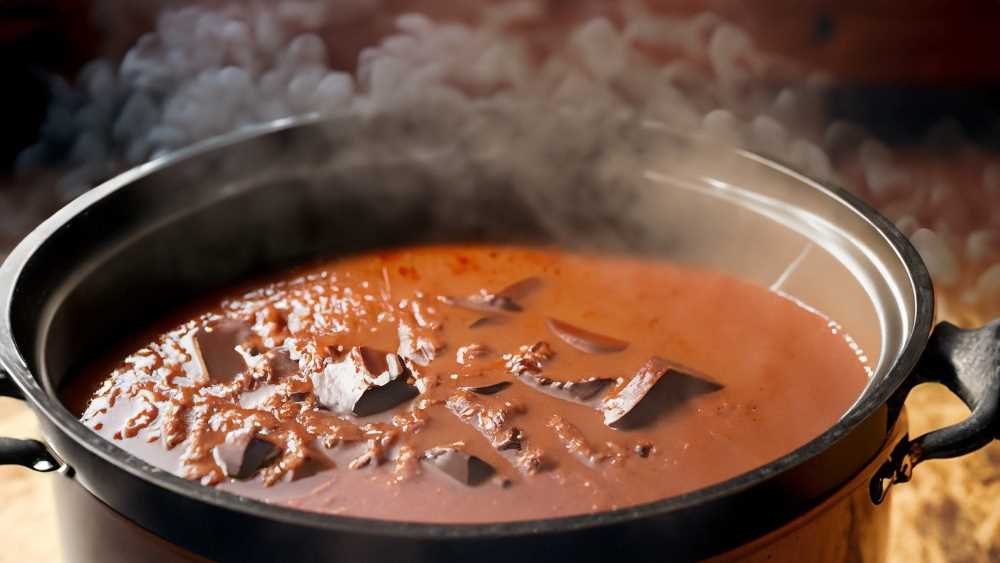How Mole Sauce Whispers Its Readiness in Your Ears
Discover the art of cooking mole, a complex and flavorful Mexican sauce. From its rich history to the precise techniques involved, explore the secrets behind this culinary masterpiece.

Mole, the beloved Mexican sauce renowned for its complex flavors and rich history, is a true culinary masterpiece. Crafting a perfect mole requires a delicate balance of numerous ingredients and a keen attention to detail. In this article, we will explore the art of cooking mole, its significance in Mexican cuisine, and the key factors that contribute to its exquisite taste.




